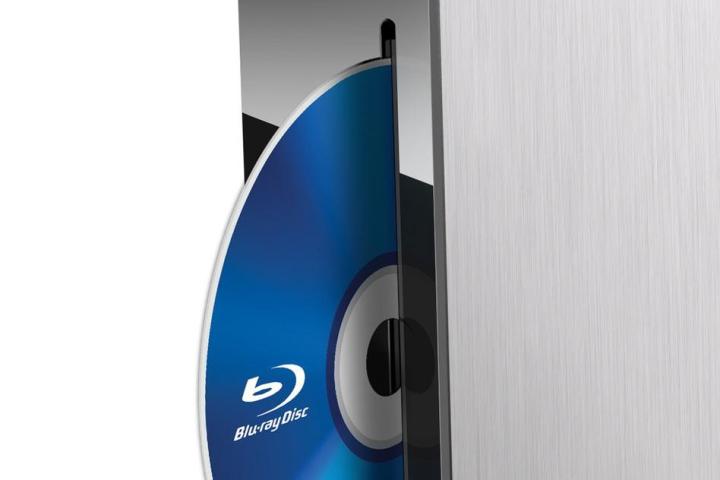
On Wednesday, the company introduced the first Ultra HD Blu-ray rewritable optical drives for desktops slated to arrive in February: The BDR-S11J-BK and the BDR-S11J-X. They measure 5.25 inches and fit in those huge, unused bays that are becoming somewhat scarce in desktop PCs. They are capable of writing to four-layer Blu-ray discs and rewriting to three-layer Blu-ray discs.
The catch with these two Blu-ray burners is that target PCs will require Windows 10 installed and a seventh-generation Kaby Lake processor from Intel. Pioneer Japan specifically lists the Kaby Lake-S Core i5 and Core i7 CPUs for desktops and the Kaby Lake-H Core i5 and Core i7 processors typically used in notebooks. The most recent Kaby Lake-U processors launched earlier in January for desktops are currently listed as non-compliant.
Here is a list of supporting Intel Core processors thus far:
| Kaby Lake-S | Kaby Lake-H |
| i7-7700K | i7-7920HQ |
| i7-7700T | i7-7820HQ |
| i7-7700 | i7-7820HK |
| i5-7600K | i7-7700HQ |
| i5-7600T | i5-7440HQ |
| i5-7600 | i5-7300HQ |
| i5-7500T | |
| i5-7500 | |
| i5-7400T | |
| i5-7400 |
The processor and Windows 10 combination is required for users to play Ultra HD Blu-ray content on their PC. Other hardware requirements include 6GB of system memory or more, at least 25GB of free storage space for burning discs, support for HDMI 2.0a and HDCP 2.2, and a display capable of a 3,840 x 2,160 resolution and HDR imagery. Otherwise, the system requirements are minimal at best for recording and playing Blu-ray/DVD/CD content.
The main difference between the two models appears to be a special audio feature provided with the BDR-S11J-X unit. Serving as the higher-end model, the BDR-S11J-X includes an “audio CD check function” that will check the playback quality of an inserted CD. The drive targets audiophiles with a focus on fidelity backed by improved vibration isolation and enhanced heat dissipation.
“A high gloss hard coat UV paint is applied to the front panel, which is hard to scratch, and finished in a glossy piano black color,” the company states. “By applying special paint to the interior and exterior of the enclosure, it suppresses irregular reflection of laser light from the pickup and improves heat dissipation.”
Here are the maximum write speeds for both optical drives:
| Blu-ray | DVD | CD |
| BD-R – 16x (1-layer 25GB) | DVD-R – 16x | CD-R – 40x |
| BD-R DL – 14x | DVD-R DL – 8x | CD-RW – 24x |
| BD-R TL – 8x | DVD-RW – 6x | |
| BD-R QL – 6x | DVD+R – 16x | |
| BD-R (LTH) – 8x | DVD+R DL – 8x | |
| BD-RE (SL / DL / TL) – 2x | DVD+RW – 8x | |
| DVD-RAM – 5x |
Finally, the two Ultra HD Blu-ray optical drives include a “high-speed read mode” feature that maintains a high-speed rotation to access stored data quickly. They also have a PureRead 4 Plus feature for improved re-reading performance when trying to access files or listen to music on a dirty and/or scratched optical disc. The drives come bundled with software too provided by CyberLink consisting of the following:
- PowerDVD 14
- PowerDirector 14
- PowerProducer 55
- Power 2 Go 8
- InstantBurn 5
- PowerBackup 2.5
- MediaShow 6
- Label Print 2.5
- PhotoDirector 5 LE
- MediaEspresso 6.5 (Trial Version)
The new Ultra HD Blu-ray optical drives for desktops are expected to hit Japanese store shelves by the end of February. The BDR-S11J-BK model will be priced at 22,000 yen ($195) and the higher-end BDR-S11J-X unit will be priced at 35,000 yen ($310). So far, there is no word on when these optical drives will be sold in the United States.


